KTM 2-STROKES: EVOLUTION (1953-2024)
Cast your mind back to the early 2000s. Everyone was totally obsessed by the four-stroke technology boom in dirt bike circles. Honda announced their intention to cease two-stroke production altogether, citing an inability to meet the impending emission regulations, and we all seemed to blindly accept the ‘fact’ there was no way of making two-dingers environmentally friendly. Supported by widespread anecdotal evidence and opinion, we all simply presumed the two-stroke’s fate was sealed.

But not everyone subscribed to that line of thinking – most notably KTM’s head honcho, Stefan Pierer. On a visit to Australia in 2004 for a KTM dealer conference at Hayman Island, Pierer made a point that KTM would continue developing its two-strokes – both motocross and enduro models – to ensure these low-maintenance machines remained competitive and available to the masses at affordable prices. He also voiced grave concerns about the worldwide trend away from two-strokes and said that escalating costs of racing a high-performance 250F posed enormous risks to participation levels in the sport.
Of course, history has proven Pierer correct. KTM’s commitment to two-stroke development has paid off handsomely. The Austrian manufacturer has created an affordable pathway into the sport for many first-timers, and they continue to happily gobble up the two-stroke customers the Japanese brands turned their backs on. Worldwide, two-stroke models have accounted for more than half of KTM’s entire sales since about 2017, and that’s not counting KTM’s junior/mini models! The numbers look much the same in Australia, where the 2018/2019 KTM 300EXC TPI took over as the brand’s biggest-selling model, and it has been at or near the top of their sales charts ever since.
That’s why, six years back – when KTM’s first TPI two-strokes appeared – we said the market was clearly at a very significant juncture for two-stroke dirt bikes. And with the first installment of the all-new TBI (Throttle Body Injection) fuel-injected two-stroke MX and enduro models arriving in 2023 and 2024 – bikes widely regarded to have taken a massive step forward from their carb- and TPI-fed predecessors, respectively – the Austrian brand’s two-stroke sales appear set for more of that upward trajectory.
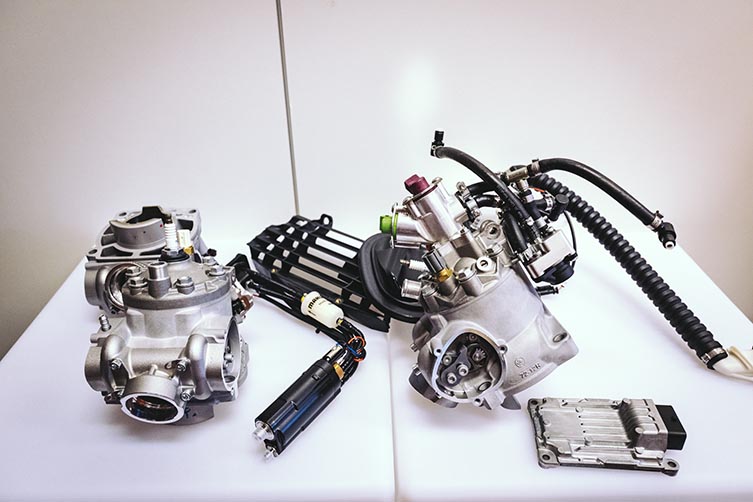
So, given that KTM railed against conventional thinking 20-odd years ago and played a key role in averting the extinction of the two-stroke dirt bike, let’s reflect on the landmark evolutionary steps taken by the Austrian brand’s two-stroke models since 1972…
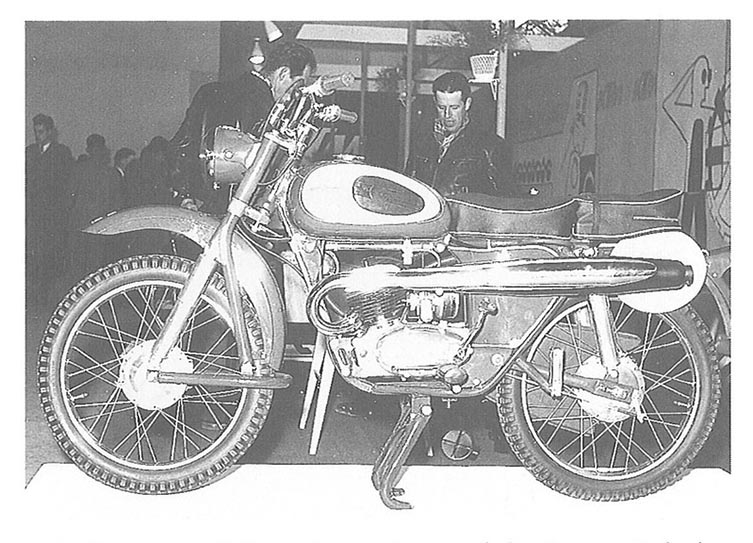
1953 – 1972:
KTM uses engines made by Sachs, Rotax and Puch for almost 20 years.
“KTM’s commitment to two-stroke development has paid off handsomely. They’ve created an affordable pathway into the sport for many first-timers and continue to happily gobble up the two-stroke customers the Japanese manufacturers turned their backs on.”
1972:
The first engine designed and produced by KTM is released. This 175cc two-stroke engine becomes the platform for several other displacements.
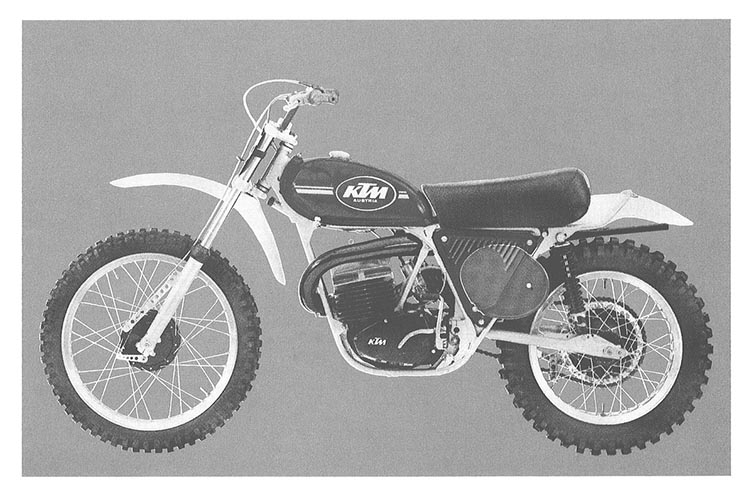
1973:
The 250cc engine becomes the basis for KTM’s first Motocross World Championship (won by Russia’s Guennady Anatolyevich Moisseev in 1974).
1980:
A new-generation 125cc engine with semi reed-valve intake is first released.
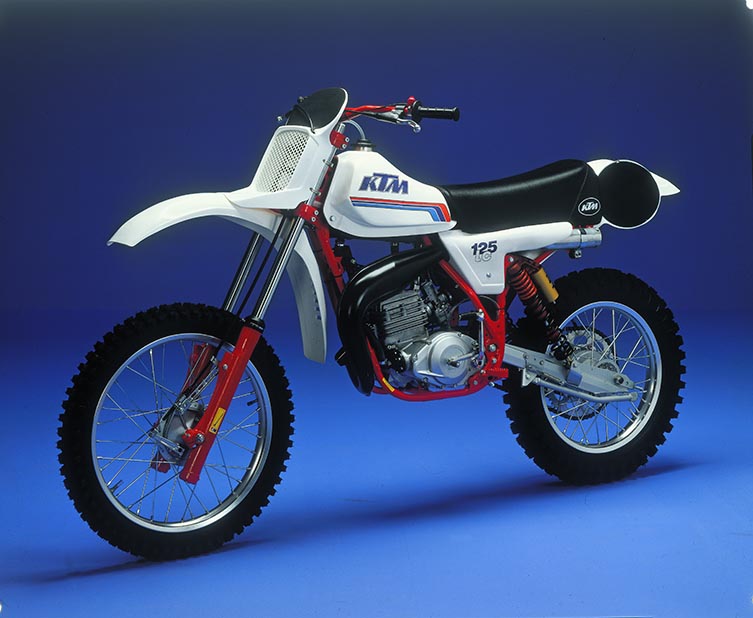
1981:
KTM’s first water-cooled two-stroke is introduced, a 125cc LC. It uses a horizontal radiator, positioned below the fuel tank.
1982:
KTM enters the MXGP with a rotary-valve engine, with the intake located at the rear of the crankcase.
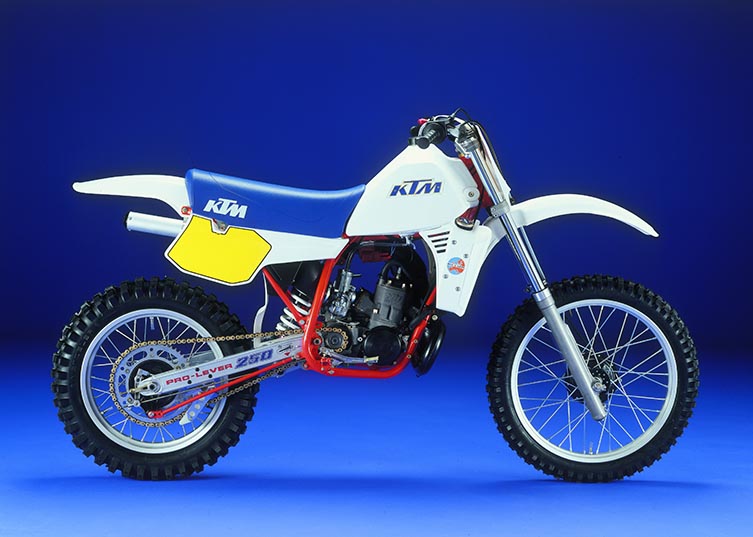
1984:
The 125cc GS is introduced, using KTM’s first full reed-valve intake into the crankcase.
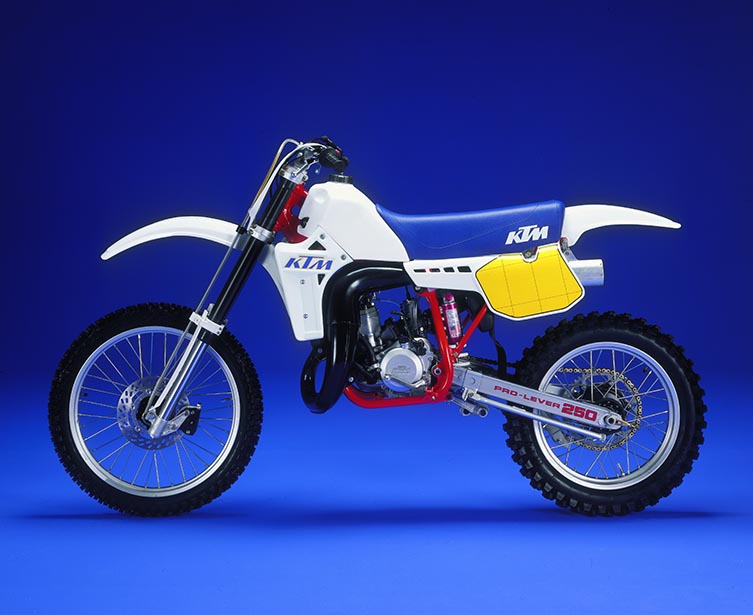
1985:
KTM’s 250cc engine is fitted with a digital ignition for the first time, and Heinz Kinigadner takes it to a Motocross World Championship win.
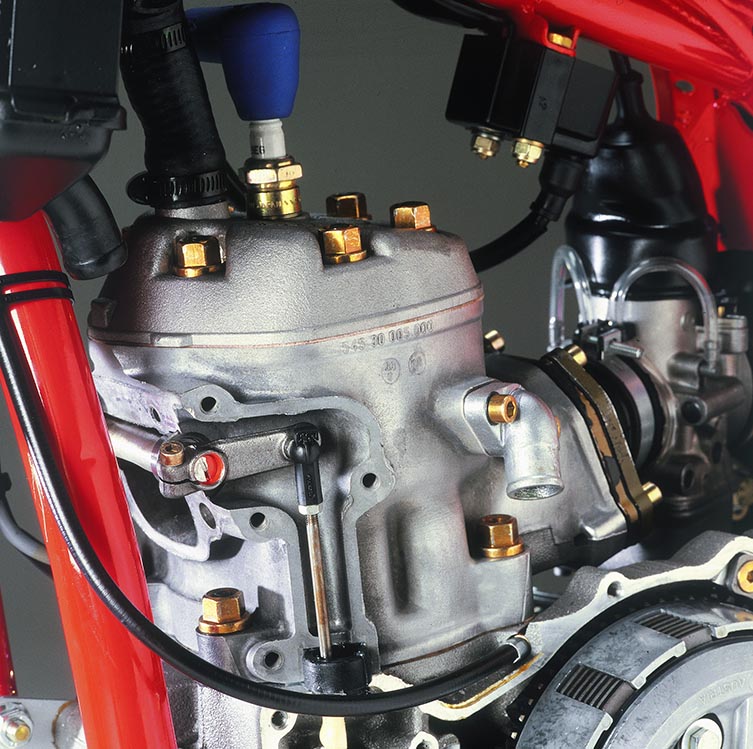
1987:
KTM’s 125cc and 250cc engines are fitted with a power-valve for the first time.
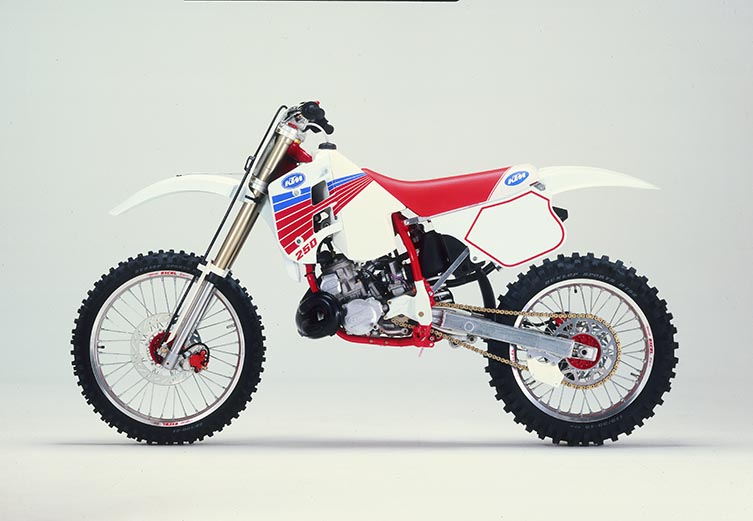
1990:
A 250cc engine with twin-valve control is first released.
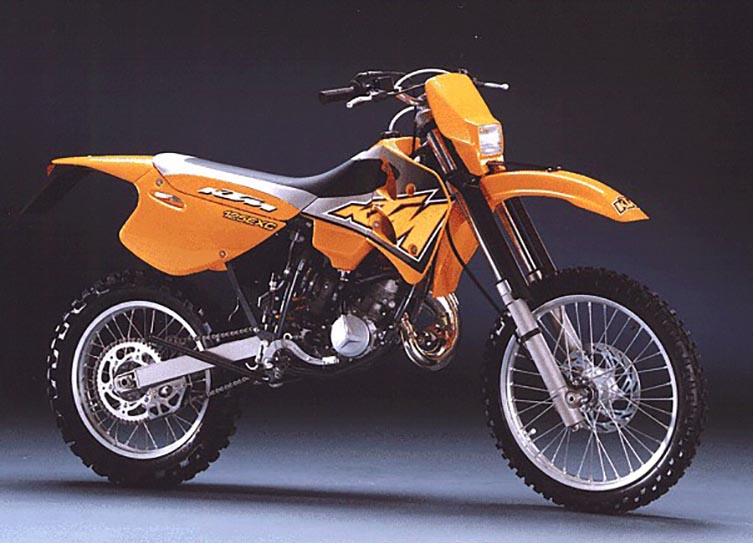
1997:
A 125cc engine with twin-valve control is first released. KTM’s two-stroke development program is then put on the backburner while the design team focuses on developing an all-new four-stroke range (and in 2000, KTM’s new-generation four-stroke models – all fitted with electric-starter motors – go into production).
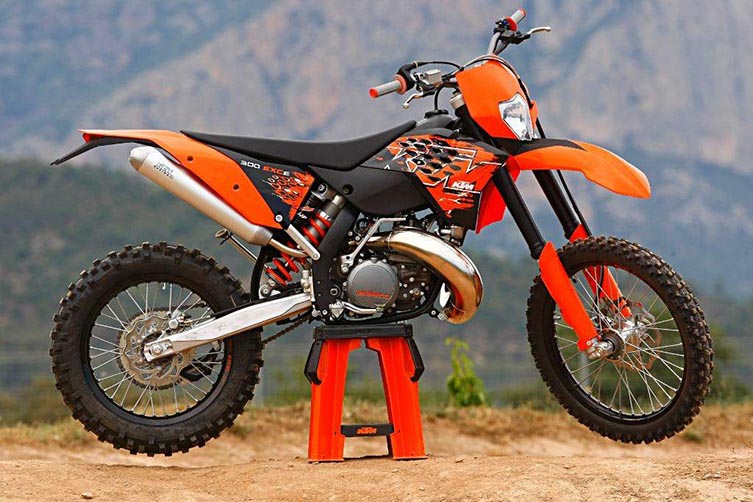
2008:
The 250cc and 300cc two-stroke models are first fitted with an electric-starter. It heralds a revival of the two-stroke dirt bike market.
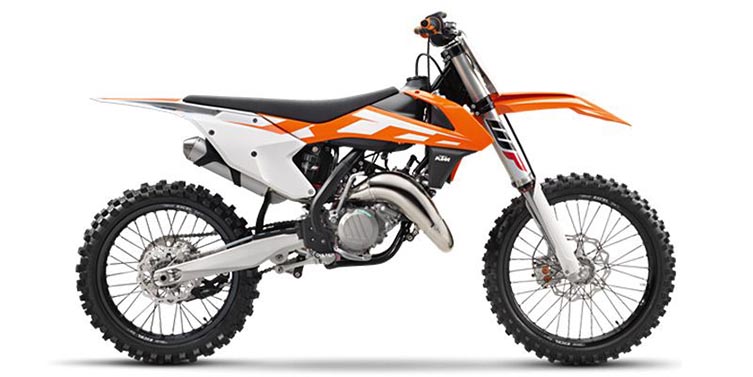
2016:
KTM releases a new engine-generation 125cc engine.
“On a visit to Australia in 2004, KTM’s Stefan Pierer made a point that KTM would continue developing its two-strokes – both motocross and enduro models – to ensure these low-maintenance machines remained competitive and available to the masses at affordable prices.”
2017:
KTM releases a new-generation 250cc engine. Both the 250 and 300EXC models are fitted with a counter-balancer for the time, which reduces vibration by a massive 50%.
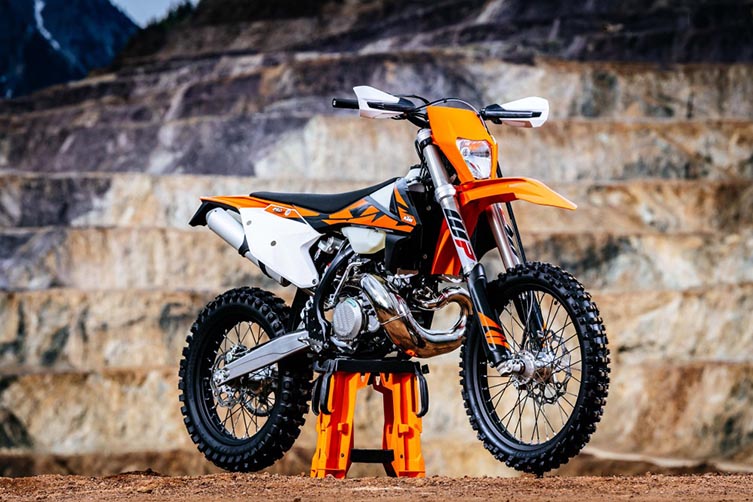
2018:
To meet the new Euro4 regulations (for noise and emissions), KTM releases the world’s first fuel-injected production off-road competition motorcycle, and puts a worldwide patent on its revolutionary TPI (Transfer Port Injection) technology.
2020:
KTM dedicates a chunk of their development resources to ironing out a few bugs with the TPI technology. The two-stroke models’ engines are tilted forward in the frame for better weight distribution. Combined with the all-new oval cross-section expansion chamber (which also gets a ribbed finish for added strength), KTM manage to find significant advances with TPI mapping to improve performance and rideability.
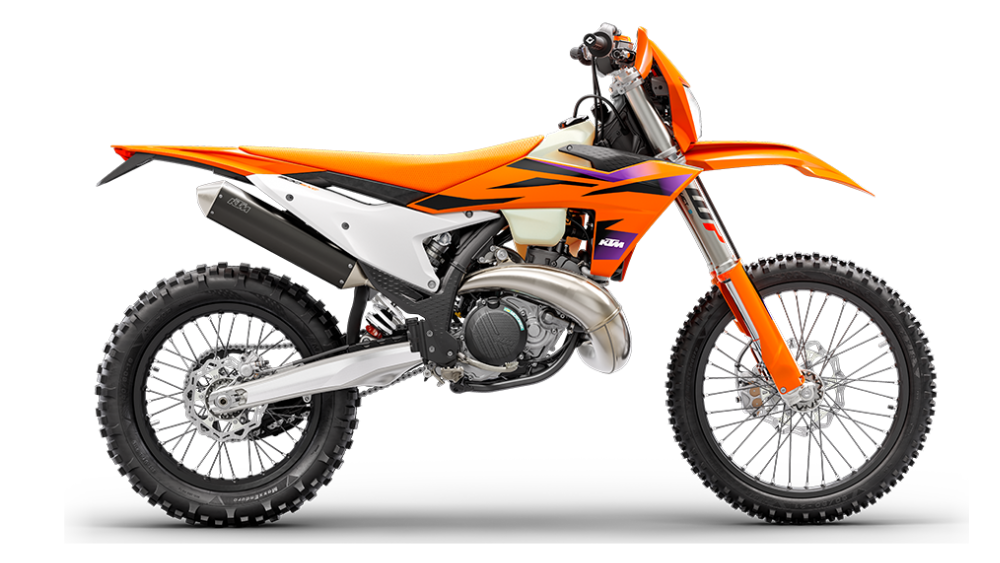
2023/2024:
The 2023 MX models – the 125SX, 250SX and all-new 300SX – move from carburetors to TBI fuel-injection technology (including an electronic power-valve), plus they’re fitted with an electric-starters for the first time. A year later, KTM’s 2024 two-stroke enduro models adopt this same TBI (Throttle Body Injection) fuel-injection system – which uses dual injectors in the throttle body, not the transfer ports, and is able to meet the new Euro5 emission regulations.
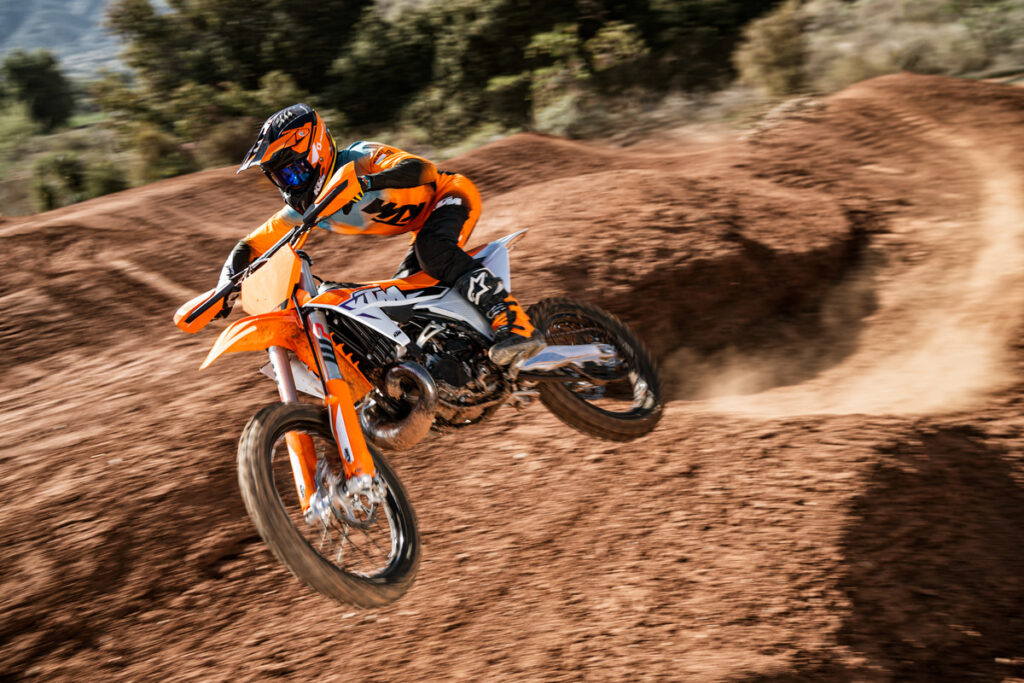
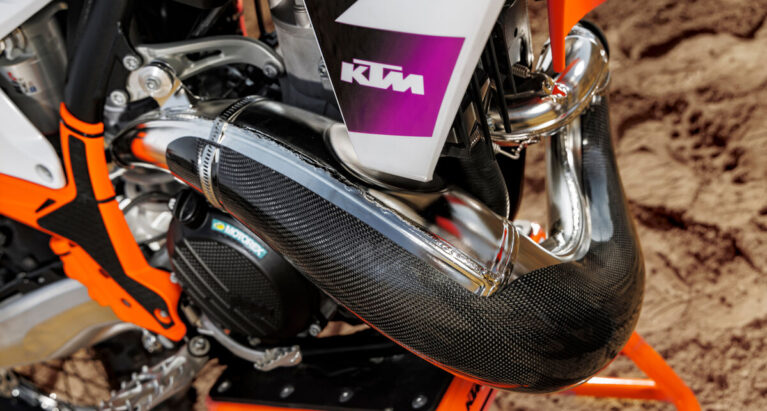
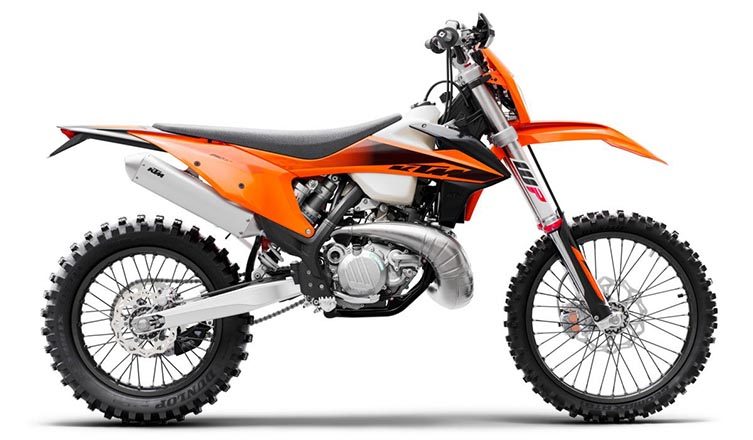
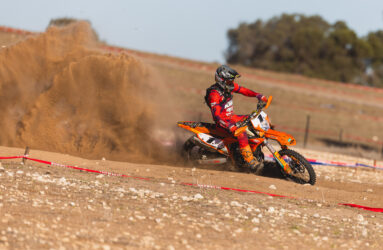
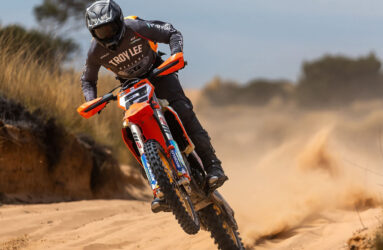



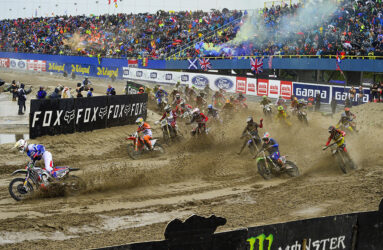
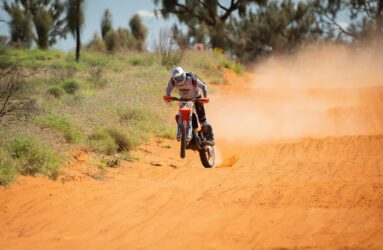
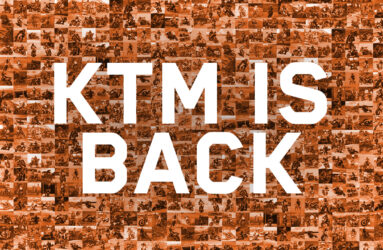
Be the first to comment...